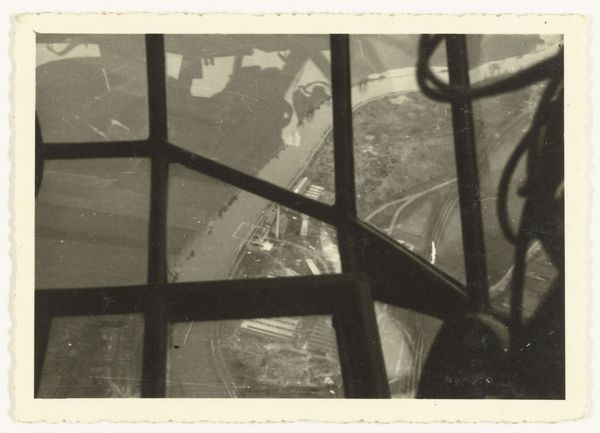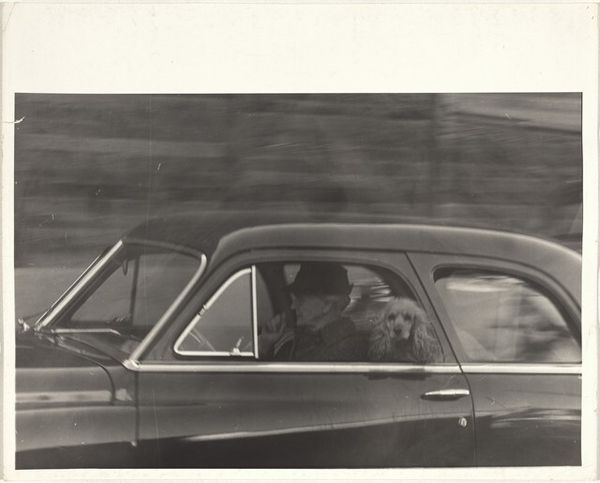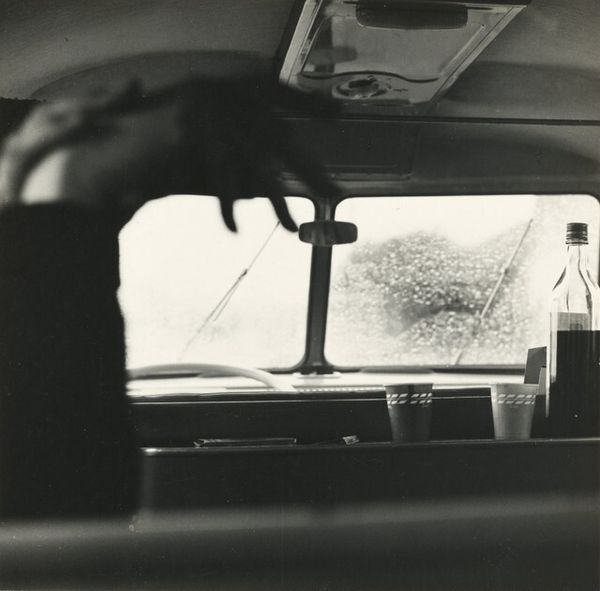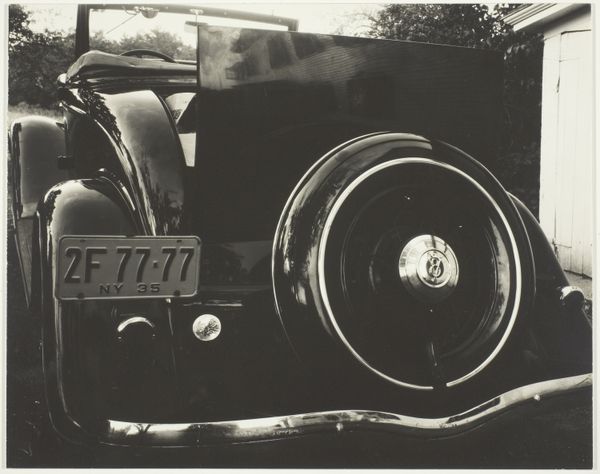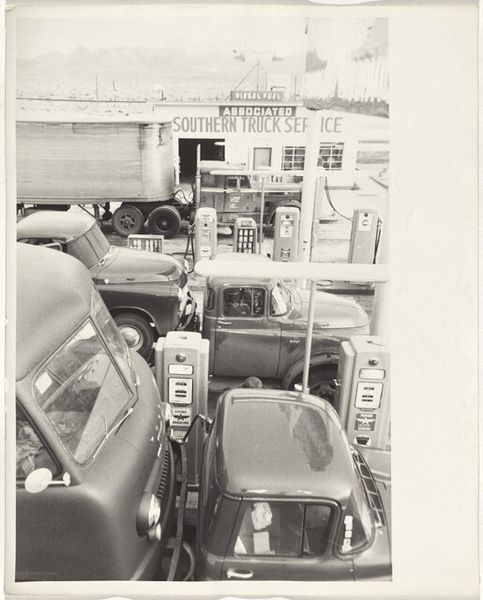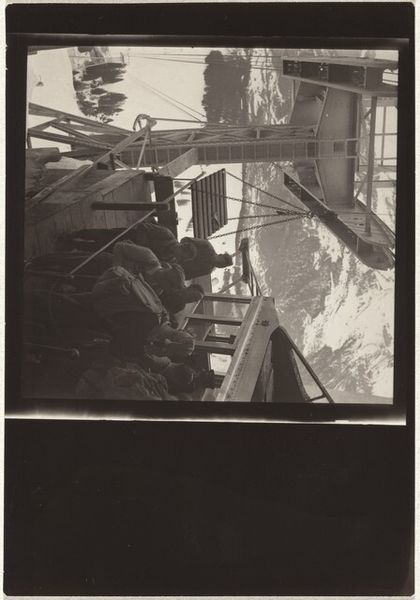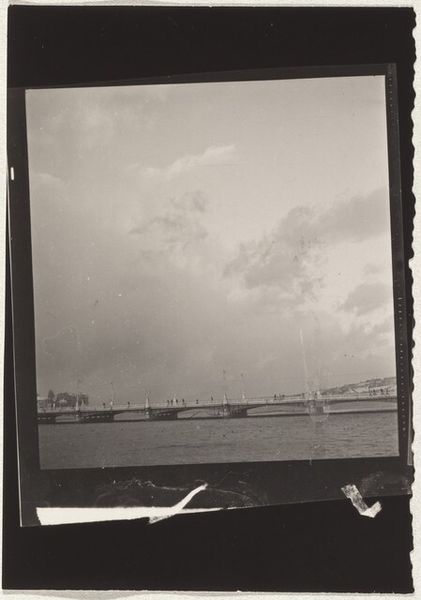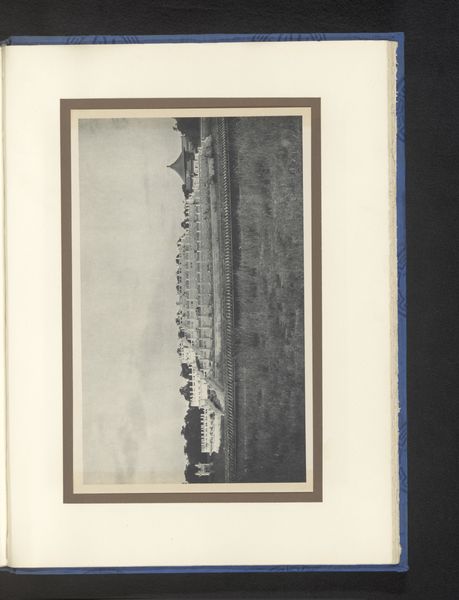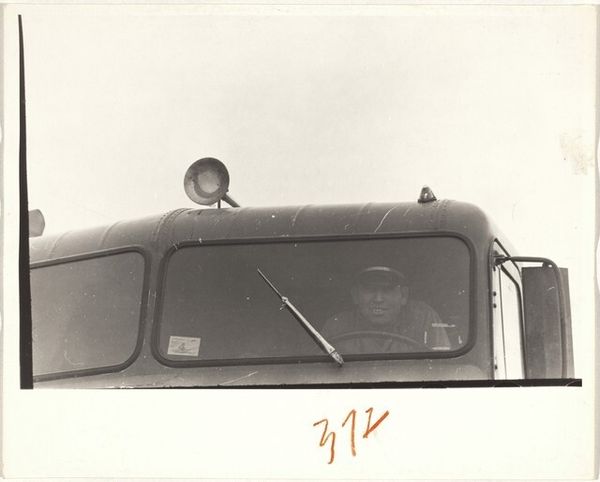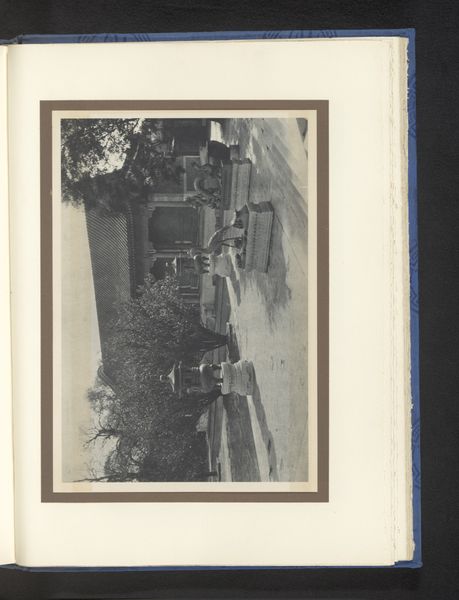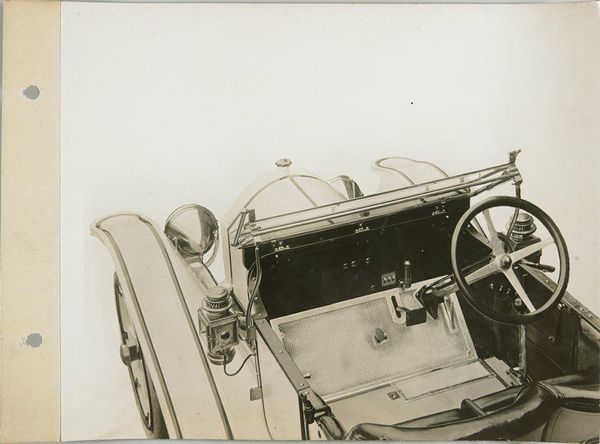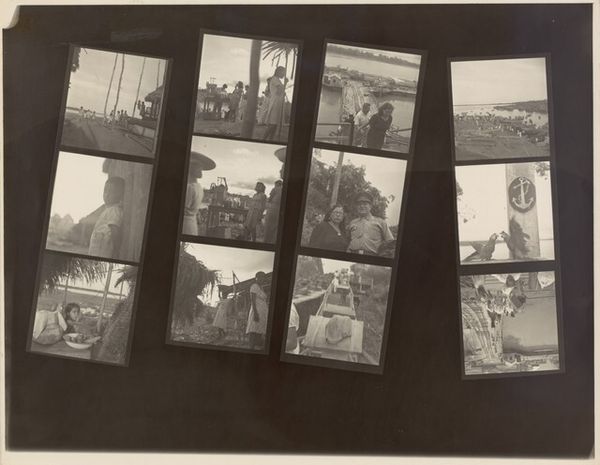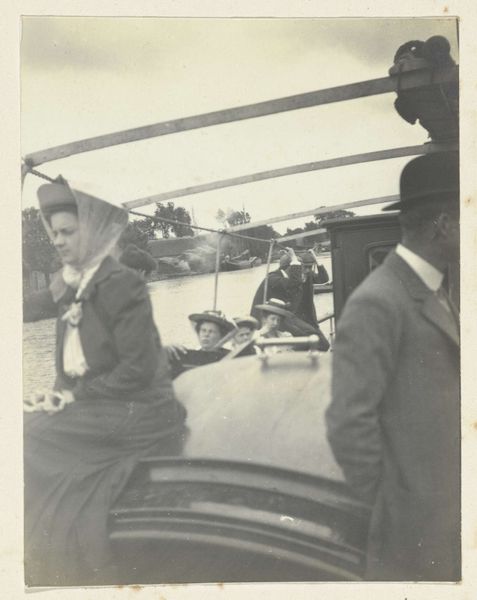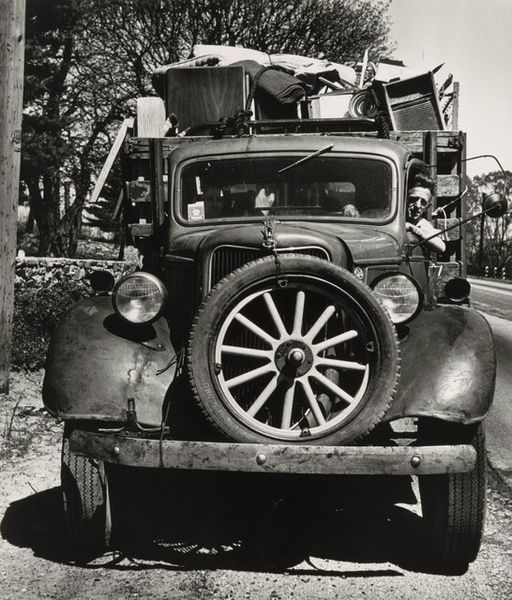
#
wedding photograph
#
photo restoration
#
wedding photography
#
outdoor photograph
#
outdoor photo
#
archive photography
#
historical photography
#
couple photography
#
wedding around the world
#
celebration photography
Dimensions: image: 9.9 x 10.6 cm (3 7/8 x 4 3/16 in.) sheet: 10.1 x 10.9 cm (4 x 4 5/16 in.)
Copyright: National Gallery of Art: CC0 1.0
Curator: Robert Frank’s "Paris seen from automobile," captured in 1949, offers a really intriguing framing, doesn't it? It's Paris seen through a car window. My first thought? A fleeting, almost nostalgic glance. Like a half-remembered dream. Editor: I agree about the fleeting part. Cars, here and elsewhere, embody a form of transit(ion)– geographically, yes, but also economically and socially. Looking out from inside this frame invites viewers to ponder the experience of the flaneur– who gets to look and from what position? And at what cost? Curator: Ah, the cost. Good point. There’s a deliberate, almost hazy feel, probably owing to the window, the distance and perhaps a slight sepia cast. It's not hyper-real; it's romanticized, and possibly points to someone trying to keep or maybe make a memory. This isn’t the grit of the street. It's seeing Paris… at a remove. Like watching a play through binoculars. Editor: Precisely. Consider the historical moment here, 1949, just after the war. Frank, as a Swiss photographer traveling in Paris, frames a perspective imbued with privilege and displacement. There is this interesting push and pull, between access and detachment, mobility and stalled or captured history. Curator: Right. You feel that tension, don't you? The muted palette contributes, creating an old, even melancholic air. The out-of-focus steering wheel is so clever and evocative because it’s right there, claiming a different, more active space, although the viewer's attention is of course guided to that building in the distance. There is movement. There is stasis. Editor: Absolutely. It calls attention to this car-centric form of observation. The rise of automotive culture transformed our perception of public space. It turned citizens into observers or audiences within the public space. What we’re left with in Frank's photo is this poignant question of proximity and estrangement within a society on the cusp of dramatic transformations. Curator: Estrangement... I keep circling back to that idea of memory, that this isn't fully “there.” But then again, maybe all our memories are essentially, photographs taken through slightly grimy windshields. We grab what we can in transit. Editor: Indeed, a reminder that what we see—or choose to focus on—says as much about the observer as it does about the observed.
Comments
No comments
Be the first to comment and join the conversation on the ultimate creative platform.
